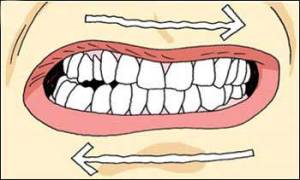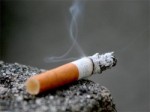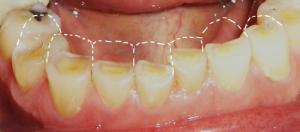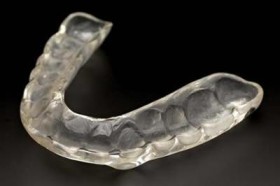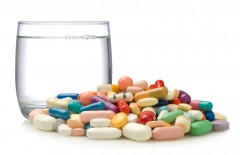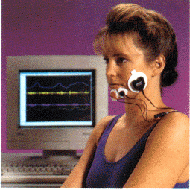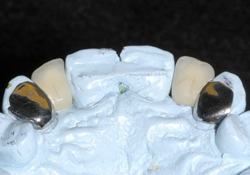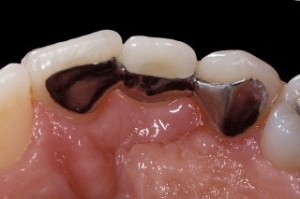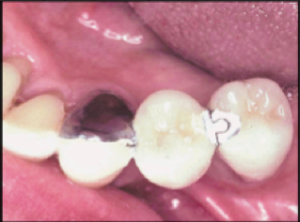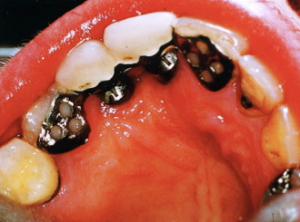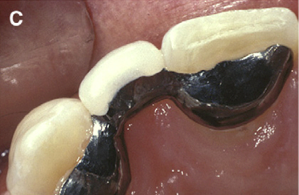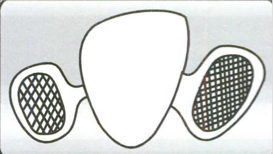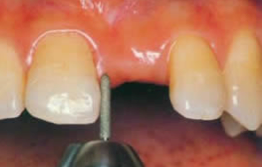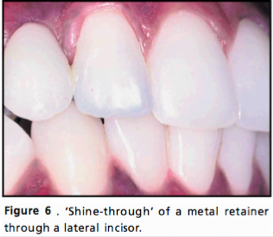Imagine a world where everybody took their medicines and doctors prescribed only generic medications (when available)? According to a report by CVS Caremark, America would save billions of dollars every year.
The new report - 2013 State of the States: Adherence Report - suggests that the American health care system would save a fortune in medical costs if drug adherence rates improved.
In medicine, drug adherence, also known as drug compliance or concordance, refers to the degree to which a patient correctly follows the doctor's advice when receiving a prescription. If the drug is to be taken three times a day before meals for seven days, and the patient does exactly that, then drug adherence is 100%.
The authors of the report used data from the 2012 CVS Caremark PBM (pharmacy benefit management) book of business. The report estimates what the potential savings would be in each state after analyzing medication adherence rates, as well as the usage of generic drugs prescribed for four physical and mental health conditions:
diabetes
high blood pressure (hypertension)
high cholesterol (dyslipidemia)
clinical depression
According to the authors "The potential cost-savings among the states range from $19 million to $2.1 billion based on state member characteristics."
The report also shows the difference in adherence across the pharmacy benefit marketplace. The authors looked at three different market segments serviced by employer-sponsored plans, Medicare Part D PDPs (prescription drug plans), and CVS Caremark's PBM business health plans.
Huge savings by switching to generic medications
If doctors switched from brand names to similar generic cheaper medications the USA would save $13.4 billion. Most patients on the more expensive brand names have never tried generic alternatives, Troyen Brennan, executive vice president and chief medical officer of CVS Caremark said.
Across all US states, the savings range from a whopping $2.1 billion in Texas to $19 million in Wyoming.
Below is an estimate of savings that could be made in ten states if patients switched to generics:
Texas - $1.4 billion
California - $1.2 billion
New Jersey - $0.837 billion
Pennsylvania - $0.734 billion
New York - $0.716 billion
Tennesee - $0.651 billion
Florida - $0.579 billion
Illinois - $0.549 billion
Ohio - $0.545 billion
Massachusetts - $0.529 billion
If 80% of patients went themselves to pick up their prescriptions there would be a saving of $6.5 billion every year.
CVS Caremark says it has stores, and many of them, something that other pharmacy benefit managers do not have. This places it in a unique position regarding affecting what patients do. CVS Caremark can combine prescription management data with data provided at the pharmacy counter.
Enormous savings by improving drug adherence
CVS Caremark says that talking to the patient face-to-face at the pharmacy can achieve a great deal more than a sealed envelope or even a phone call.
CVS Caremark's chief health strategy and marketing officer, Helena Foulkes, said "The PBM has lended data and insights. But what PBMs lack are relationships. They don't have any face-to-face relationships. When you can marry data and insight with face-to-face data that's when you get a huge multiplier effect."
The figures below represent what ten states could be saving each year if there were better drug adherence among patients:
Texas - $686 million
California - $652 million
Tennesee - $390 million
Massachusetts - $310 million
Pnnsylvania - $281 million
South Carolina - $281 million
New York - $276 million
New Jersey - $265 million
Ohio - $261 million
Florida - $260 million
Researchers from the Institute for Healthcare Informatics reported earlier this month that the US health care system overspends by $200 billion because of medication misuse.
The report stated that overspending is caused by medication non-adherence, delayed evidence-based treatment practice, medication errors, underusing generic drugs, misuse ofantibiotics, and mismanagement of polypharmacy (multiple medications).
Switching all HIV patients to generic medications would save nearly $42,500 per person per year, researchers reported in Annals of Internal Medicine in January 2013.
Register here For more information & diplomas
Contacts: 9 abbas el-akkad street, nassr city, Cairo, Egypt
Tel: (+202) 24010655
Cell phone: (+2) 01143050023
Call phone: (+2) 01024212175
E-mail: info@spc-eg.com




